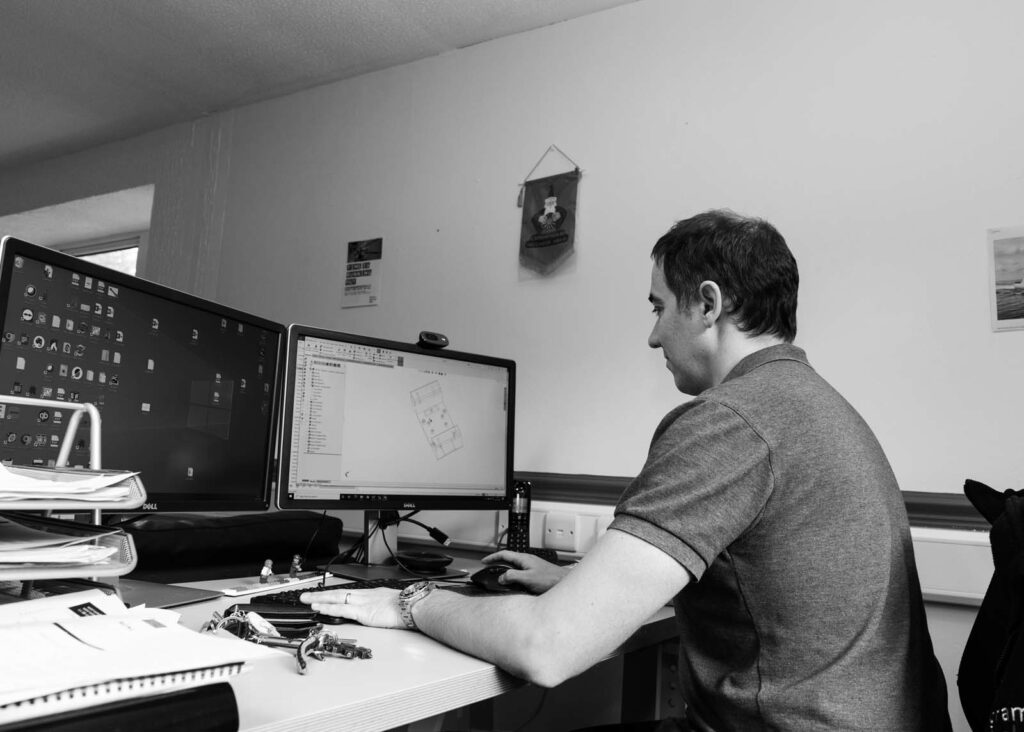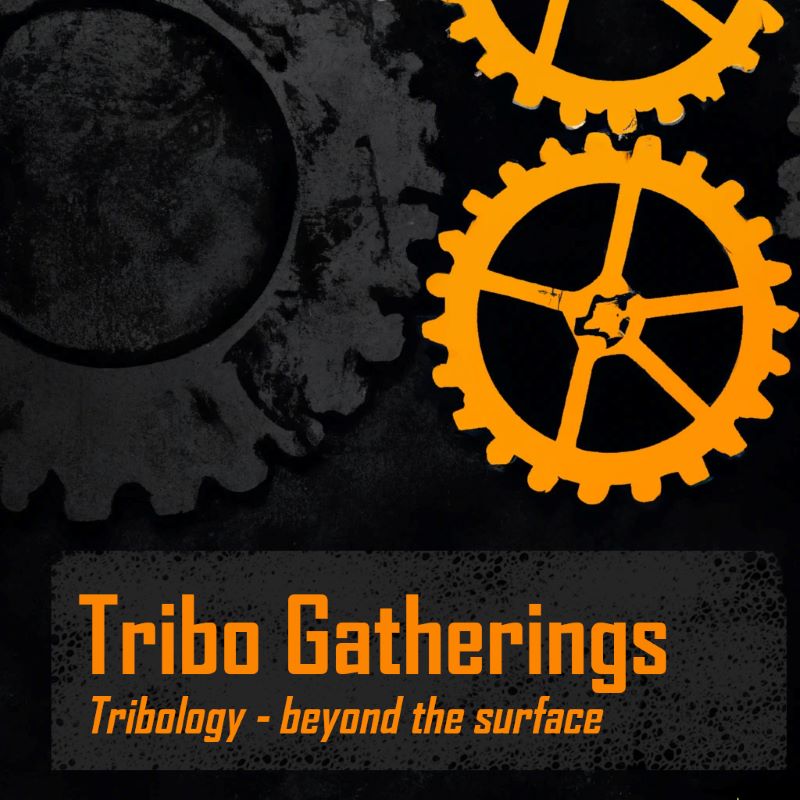We’re using machine learning to translate tribology test results into real-world performance predictions – an innovative approach that bridges the gap between lab testing and practical applications.
This gives our customers far faster and more cost-effective predictions of real-world performance, compared to extensive and time-consuming physical testing that would otherwise be required.

There are a number of steps to deliver an accurate functional model:
- Data Collection: Tribology machines generate copious amounts of data during tests, recording parameters such as friction coefficients, wear rates, temperatures, and more. This data is collected meticulously during controlled lab experiments.
- Data Preparation: To make this data useful for machine learning, it needs to be preprocessed. This involves cleaning, formatting, and organizing the data into a structured dataset. Lab data often undergoes normalization and feature engineering to highlight relevant variables.
- Feature Selection: Not all collected data may be essential for predicting real-world performance. Machine learning models can benefit from feature selection techniques that identify the most relevant variables for the prediction task.
- Model Training: With the prepared dataset and selected features, machine learning models are trained. These models can be various types, such as regression, decision trees, neural networks, or support vector machines. During training, the models learn the relationships between input variables (tribological data) and the target variable (real-world performance).
- Validation: The trained models are validated to ensure their predictive accuracy. This typically involves splitting the dataset into training and validation sets to assess how well the model generalizes to unseen data.
- Model Testing: Once validated, the models can be tested using data collected from tribology machines for new lubricants or materials. These tests simulate real-world conditions as closely as possible.
- Performance Prediction: With the trained and validated machine learning models, it becomes possible to predict how a lubricant or material will perform under specific real-world conditions. For example, the model could predict the wear rate or friction coefficient of a lubricant in an actual engine or industrial machinery, taking into account factors like temperature, load, and speed.
- Continuous Improvement: Machine learning models are not static; they can be continually improved as more real-world data becomes available. The models can adapt and refine their predictions based on the feedback and new information they receive.
The process is complex, but once the model is validated effectively, it facilitates a huge increase in efficiency of real world development and testing.
““Overall good service and a fast expedience of the ordered tests, Ingram Tribology provided excellent assistance on how to best achieve the required objectives for our task. Highly recommended”
Hilmar Danielsen, Senior Researcher, Technical University of Denmark
Tribological Thinking
Find out about our latest thinking, research, news and more.
-

Understanding the Science of Skin Feel: How Biotribology Shapes Cosmetic Perception
The global cosmetics market is valued at a staggering $700 billion per year, encompassing everything from skin creams and shampoos to shower gels and makeup. It’s a fast-paced industry where innovation is essential, especially as brands move toward more sustainable, vegan, and cruelty-free formulations. A product’s success isn’t just about what’s inside the bottle—it’s about…
-
🌟 Ingram Tribology Achieves ISO 9001 Certification! 🌟
We are proud to announce that Ingram Tribology has successfully achieved ISO 9001 Certification! This globally recognised certification demonstrates our commitment to delivering the highest standards of quality across all aspects of our operations. It reinforces our dedication to meeting customer and regulatory requirements, and ensures that we continually improve our processes to provide the…
-
Introducing Our New Course: Bio-Tribology for Industry
We are excited to launch our latest training course: Bio-Tribology for Industry—designed specifically for researchers and product development scientists in the food, beverage, cosmetics, and medical industries. Why Take This Course? Understanding bio-tribology is essential for developing high-performance products that interact with the human body, whether it’s optimizing the feel of a skincare product, improving…
-

🚗⚡ Inspiring Future Engineers with Greenpower! ⚡🚗
The Greenpower Trust is an incredible charity that sparks excitement for STEM careers by giving young people the opportunity to design, build, and race their own electric cars. At Haverfordwest High VC School in Pembrokeshire, an all-female race team is gearing up to compete in the F24 Greenpower series—and we had the privilege of supporting…
-
Installation of new electrified MTM at Ingram Tribology ⚡ 🚃 🚘
We have expanded our testing capabilities with the addition of the new MTM-EC (mini traction machine electrical current)! This new instrument allows us to study the effects of electrical currents on lubricated contacts. In our growing electrified world, stray electrical currents can flow through mechanical devices. If the current is high, fluting damage can occur at the…
-
Introducing our new testing capability: tackling Electrically induced White Etching Cracks (eWECs)! ⚡🔬 🚗 👨🔧
In today’s increasingly electrified world, machine elements are often located near electric motors and generators, where they can be exposed to stray currents. Electric vehicles and wind turbines are prime examples of where this issue can arise. These stray currents can significantly impact tribological contacts, accelerating subsurface alterations in the steel and leading to premature…
-

Gear Micropitting Screening Test
Micropitting is a type of fatigue wear commonly found on gear teeth. The gradual loss of material in the form of small surface pits leads to a change in the geometry of the component; if this is not controlled, it can result in failure of the part. The standardised method of evaluating a lubricants ability…
-

Merry Christmas from all of us at Ingram Tribology
Our Christmas card this year depicts the scene of Santa enjoying the drinks left out for him near the fireplace. Santa is trying both port and hot chocolate and notices a distinct difference in the mouthfeel between the two. The port has a drier, thinner feel. Whilst the hot chocolate impacts a smoother, creamier feeling. …
-

Check out our first Tribo Gatherings Podcast
We have started a Podcast! Our first guest is Dr. Connor Myant from Imperial College. We discuss biotribology, as related to the testing of food and hip joint failures. We discuss the advances in 3D printing and how Connor moved from Tribology into 3D printing. We discuss all Connors current projects and thoughts for the…

